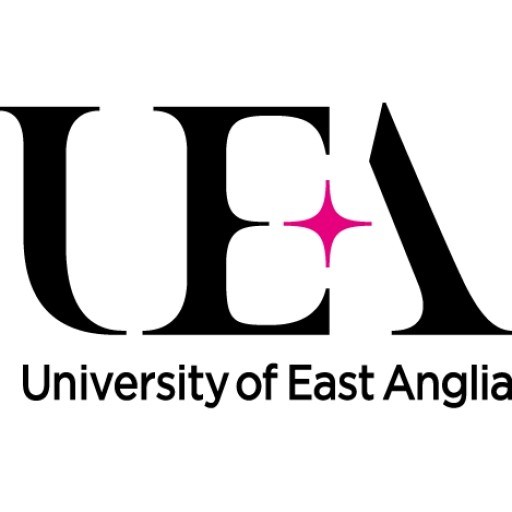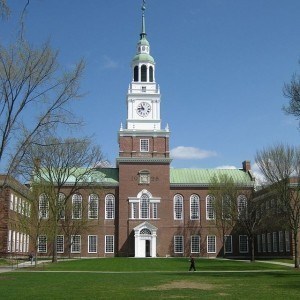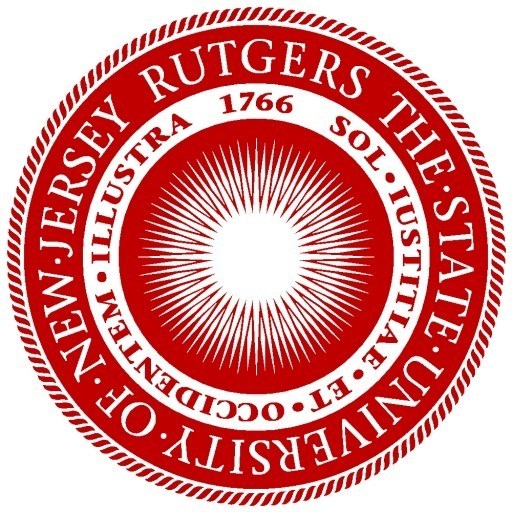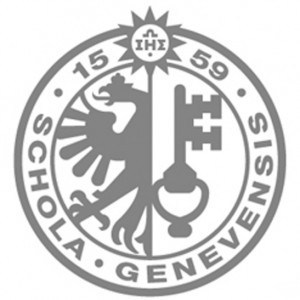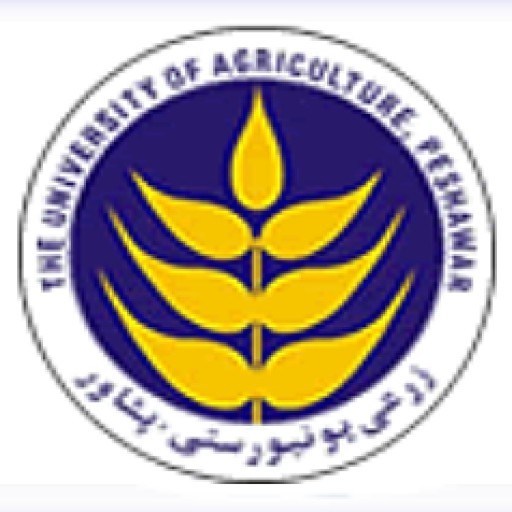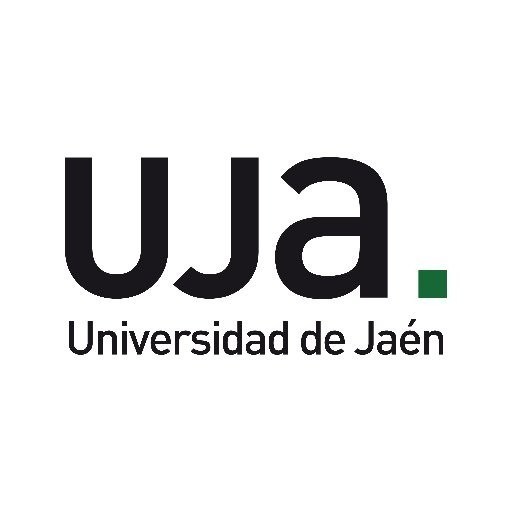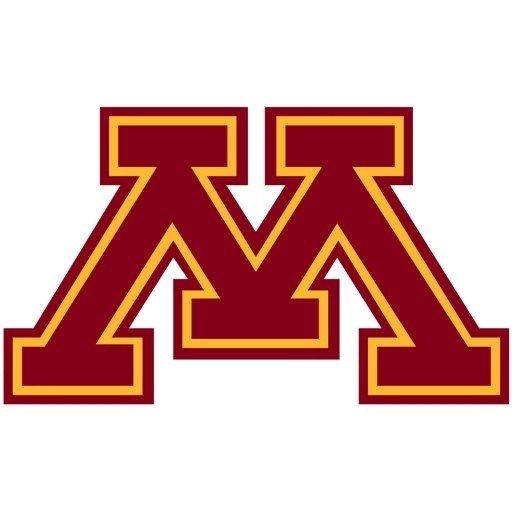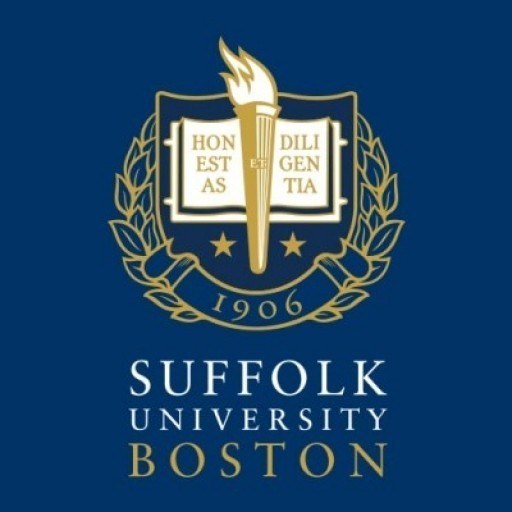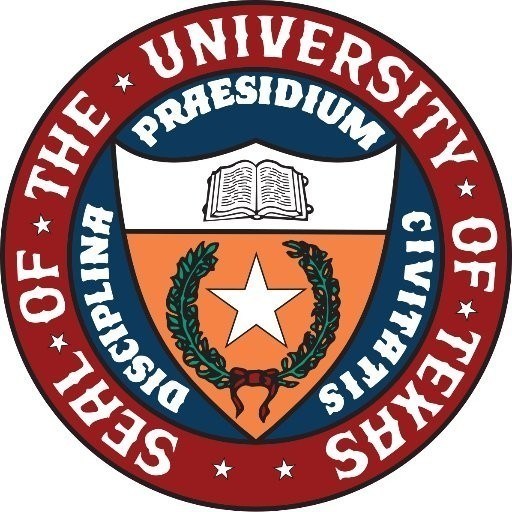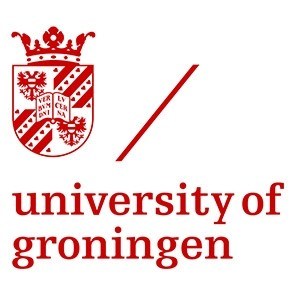Photos of university / #uniofeastanglia
The History of Art program at the University of East Anglia offers a comprehensive and dynamic exploration of visual culture from ancient to contemporary times, with an emphasis on the rich artistic developments in Australasia and North America. Designed for students passionate about understanding the cultural, social, and historical contexts that shape artistic expression, this degree combines rigorous academic study with practical engagement in visual analysis, critical thinking, and research methodologies.
Throughout the course, students will delve into a wide array of topics, including indigenous art traditions, colonial and post-colonial art histories, modern and contemporary art movements, and the global exchange of artistic ideas. The program encourages critical debates about aesthetics, representation, and identity, enabling students to develop an informed perspective on the role of art within societal and political frameworks. Special modules focus on art from Australasia and North America, highlighting indigenous artworks, landmark exhibitions, and influential artists that have contributed significantly to world art history.
Students benefit from the university’s excellent research resources, including specialized collections and access to expert faculty members renowned in their fields. The program emphasizes both theoretical understanding and practical skills, including visual analysis, Museum and Gallery studies, and curatorial techniques, preparing graduates for careers in museums, galleries, art consultancy, education, and research sectors. The placement opportunities, combined with a year abroad option in Australasia or North America, allow students to engage directly with regional art scenes, enhancing their intercultural competence and professional networks.
The duration of the program is typically three years for full-time students, with flexible options for part-time study. Assessment methods include essays, research projects, presentations, and exhibitions, designed to foster independent thought and creativity. The university’s vibrant academic environment and strong links with cultural institutions provide students with an enriching educational experience. Graduates of the History of Art program at UEA leave equipped with a deep understanding of global artistic developments, critical analytical skills, and the ability to contribute meaningfully to the visual arts sector or pursue further academic research.
Detailed Course Facts
Application deadline January 15 Tuition fee- EUR 10560 Year (EEA)
- EUR 14600 Year (Non-EEA)
Duration full-time 48 months Languages Take an IELTS test
- English
Course Content
Key skills, issues and ideas are introduced in lectures given by all members of faculty, including art historians, anthropologists and archaeologists. More specialist study is undertaken in small group seminars. These are chosen from a range offered within the School and across the University. You will also spend time studying and researching in the library or carrying out practical work or projects. In most subject areas, you are assessed at the end of each year on the basis of coursework and, in some cases, project and examination results. In your final year, you will write a dissertation on a topic of your choice and with the advice of tutors. There is no final examination. Your final degree result is determined by the marks you receive in years two and four.
English Language Requirements
IELTS band : 6.5 TOEFL iBT® test : 88
To study at this university, you have to speak English. We advice you to
take an IELTS test. More About IELTSRequirements
- A Level: AAB including at least one humanities essay-based subject
- International Baccalaureate: 33 points including at least one Higher Level humanities essay-based subject
- Scottish Highers: At least one Advanced Higher preferred in addition to Highers
- Scottish Advanced Highers: AAB including at least one humanities essay-based subject
- Irish Leaving Certificate: AAAABB including at least one humanities essay-based subject
- Access Course: Please contact the university for further information
- HND: Please contact the university for further information
- European Baccalaureate: 80% including at least one humanities essay-based subject
Students for whom English is a Foreign language
We welcome applications from students from all academic backgrounds. We require evidence of proficiency in English (including writing, speaking, listening and reading). Recognised English Language qualifications include:
- IELTS: 6.5 overall (minimum 6.0 in Reading and Writing with no less than 5.5 in any component)
- TOEFL: Internet-based score of 88 overall (minimum 20 in Reading and Speaking components, 19 in Writing component and 17 in Listening components.
- PTE: 62 overall (minimum 55 in Reading and Writing components with no less than 51 in any component).
If you do not meet the University's entry requirements, our INTO Language Learning Centre offers a range of university preparation courses to help you develop the high level of academic and English skills necessary for successful undergraduate study.
Interviews
The majority of candidates will not be called for an interview. However, for some students an interview will be requested. These are normally quite informal and generally cover topics such as your current studies, reasons for choosing the course and your personal interests and extra-curricular activities.
Students will have the opportunity to meet with an academic individually on a Visit Day in order to gain a deeper insight into the course(s) you have applied for.
Gap Year
We welcome applications from students who have already taken or intend to take a gap year.
We also welcome applications for deferred entry, believing that a year between school and university can be of substantial benefit. You are advised to indicate your reason for wishing to defer entry and may wish to contact the appropriate Admissions Office directly to discuss this further.
Intakes
The School's annual intake is in September of each year.
Alternative Qualifications
If you have alternative qualifications that have not been mentioned above, then please contact university directly for further information.
GCSE Offer
Students are required to have GCSE Mathematics and GCSE English Language at Grade C or above.
Assessment
For the majority of candidates the most important factors in assessing the application will be past and future achievement in examinations, academic interest in the subject being applied for, personal interest and extra-curricular activities and the confidential reference.
We consider applicants as individuals and accept students from a very wide range of educational backgrounds and spend time considering your application in order to reach an informed decision relating to your application. Typical offers are indicated above. Please note, there may be additional subject entry requirements specific to individual degree courses.
Work Experience
No work experience is required.
Related Scholarships*
- Academic Excellence Scholarship
"The Academic Excellence Scholarship can provide up to a 50 % reduction in tuition per semester. These scholarships will be renewed if the student maintains superior academic performance during each semester of their 3-year Bachelor programme. The scholarship will be directly applied to the student’s tuition fees."
- Access Bursary
Bursary for UK students all subjects where the variable tuition fee rate is payable.
- Alumni Bursary
Alumni Bursary for UK Undergraduate students
* The scholarships shown on this page are suggestions first and foremost. They could be offered by other organisations than University of East Anglia.
The History of Art program at the University of East Anglia offers students an in-depth exploration of the development of visual culture across diverse periods and regions, with a particular focus on the Australasian or North American context across a year abroad. This degree is designed to provide a comprehensive understanding of art history, including the analysis of artworks, museums, exhibitions, and historical contexts relevant to both Western and non-Western cultures. Students have the opportunity to engage with original artworks, exhibitions, and scholarly resources, allowing for a nuanced appreciation of the ways art reflects social, political, and cultural dynamics.
The program curriculum includes modules on classical and modern art movements, indigenous art traditions, contemporary art practices, and the impact of globalization on artistic production and reception. During the year abroad, students immerse themselves in local art scenes, visiting galleries, museums, and cultural sites, which enrich their understanding of regional art history and contemporary practices. This experience encourages cross-cultural dialogue and enhances intercultural awareness necessary for global art appreciation.
The university provides a supportive academic environment with access to expert faculty members, research centers, and extensive library collections specializing in art history. The program emphasizes critical thinking, visual analysis, and research skills, preparing students for careers in museums, galleries, arts administration, education, or further academic study. The year abroad component is carefully integrated into the course structure, with opportunities for internships, field trips, and collaborative projects with local institutions.
Students also benefit from UEA’s strong links with cultural organizations and art communities both in the UK and abroad. They are encouraged to participate in workshops, conferences, and exhibitions that enhance their practical skills and professional development. The program’s focus on international perspectives ensures graduates are well-equipped to work in diverse cultural contexts, contributing to global discourses on art history.
Overall, the University of East Anglia’s History of Art program with a Year in Australasia or North America offers an academically rigorous and culturally enriching experience that prepares students to understand and interpret a wide range of artistic traditions within their historical and cultural contexts, fostering both scholarly expertise and intercultural competence.
